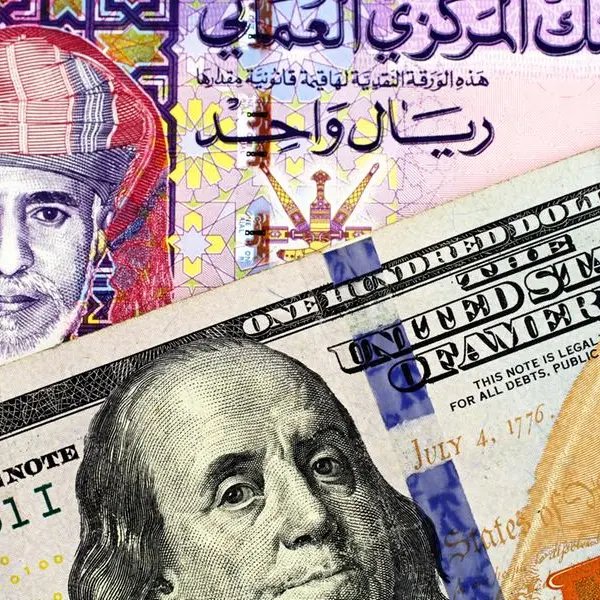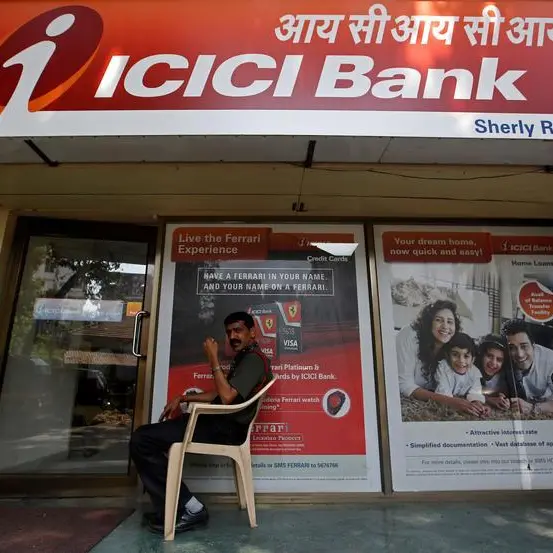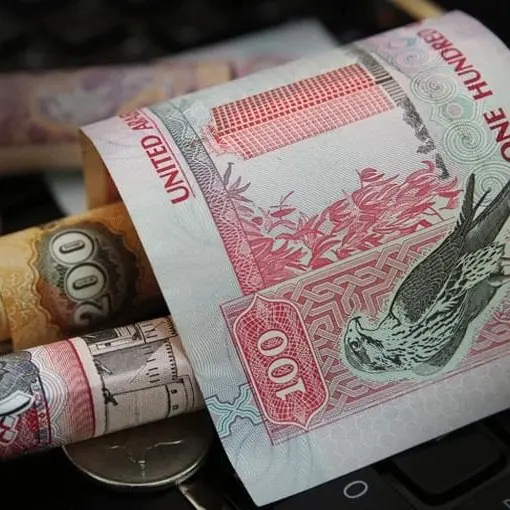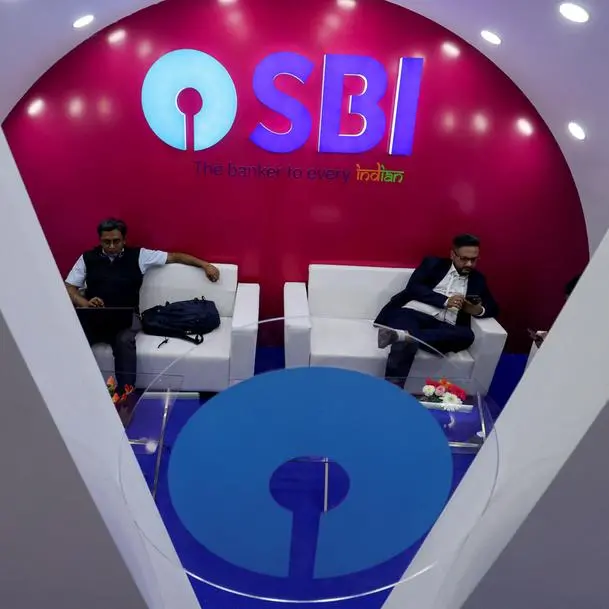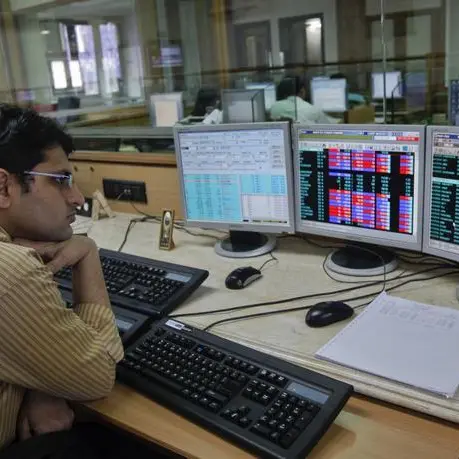PHOTO
Indian government bond yields ended the financial year lower as the government's planned borrowing from the market in the first half was sharply lower than estimated, improving investor sentiment.
The benchmark 10-year bond yield ended at 7.0556%, following its previous close of 7.0927%. The yield fell 26 basis points (bps) this fiscal, after rising an aggregate of 118 bps over the last three years.
The benchmark bond yield posted its fifth consecutive monthly fall and is down by 30 bps for the November-March period. The yield declined 12 bps for the second straight quarter.
Indian debt markets will be closed on Friday and Monday for holidays.
New Delhi aims to borrow 7.50 trillion rupees ($89.97 billion) through a bond sale in April-September, which is 53% of the annual borrowing target. The market had pegged a much higher figure.
The reduction in borrowing led by a cut in supply of shorter-tenor papers in the first half of next fiscal year is likely to support bond demand and lead to a steepening of the yield curve, treasury officials said.
The government will also borrow 3.21 trillion rupees via the sale of Treasury bills in April-June, which is also below market expectations. This will lead to downward moves in the ultra-short end of the curve, the officials added.
The Reserve Bank of India's (RBI) monetary policy outcome, due next week, will provide further cues to the market. The central bank has kept its key rate unchanged for six consecutive meetings and reiterated its commitment to meet the 4% inflation target on a sustainable basis.
"The RBI continues to enjoy widening policy optionality, amid high growth, falling core inflation, a manageable credit cycle and a small current account deficit. These factors point to expanding space to cut rates, if needed," Barclays said in a note.
"But with no urgency to act, we see rates and the stance remaining on hold in April."
(Reporting by Bhakti Tambe; Editing by Eileen Soreng)

